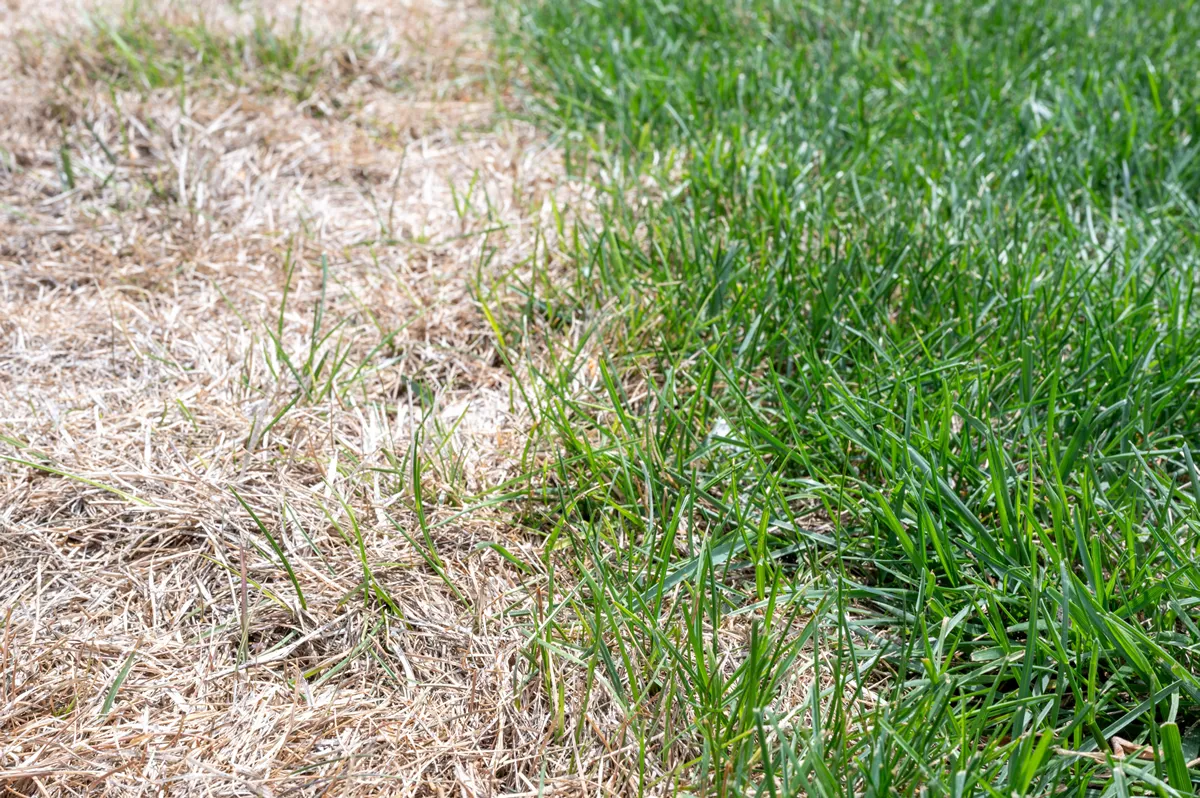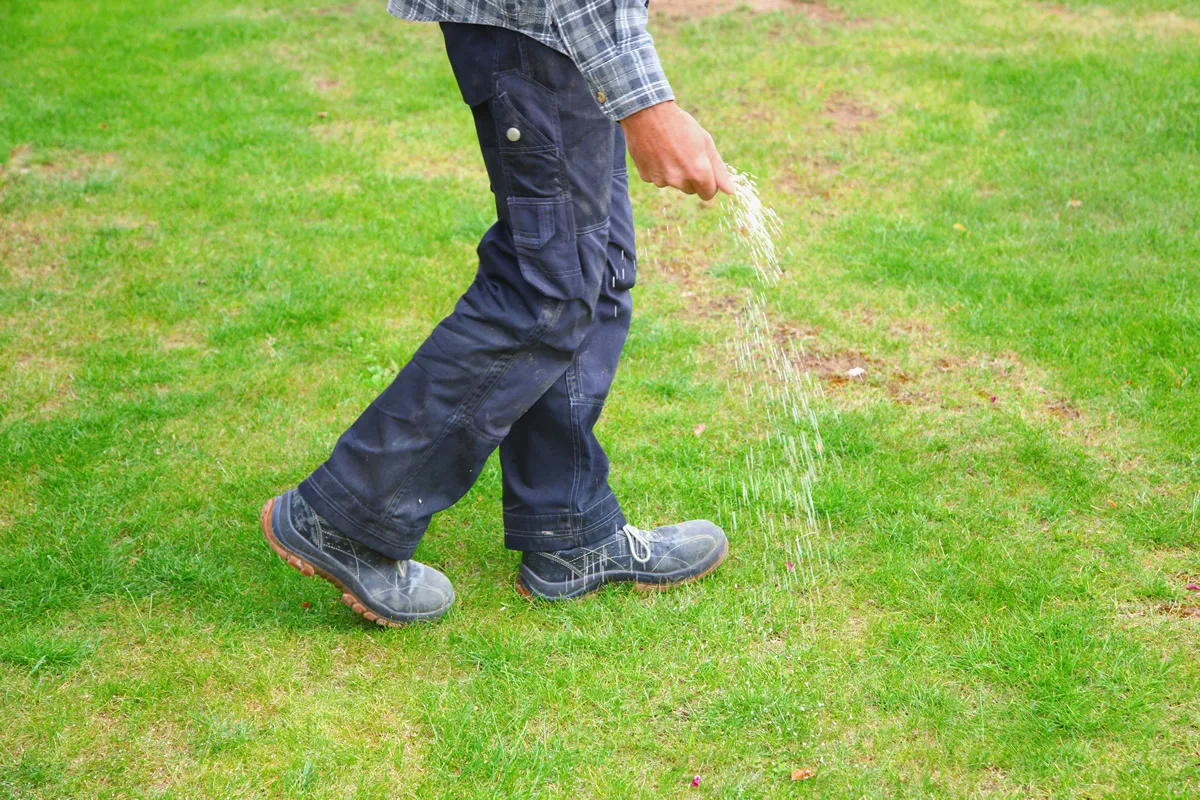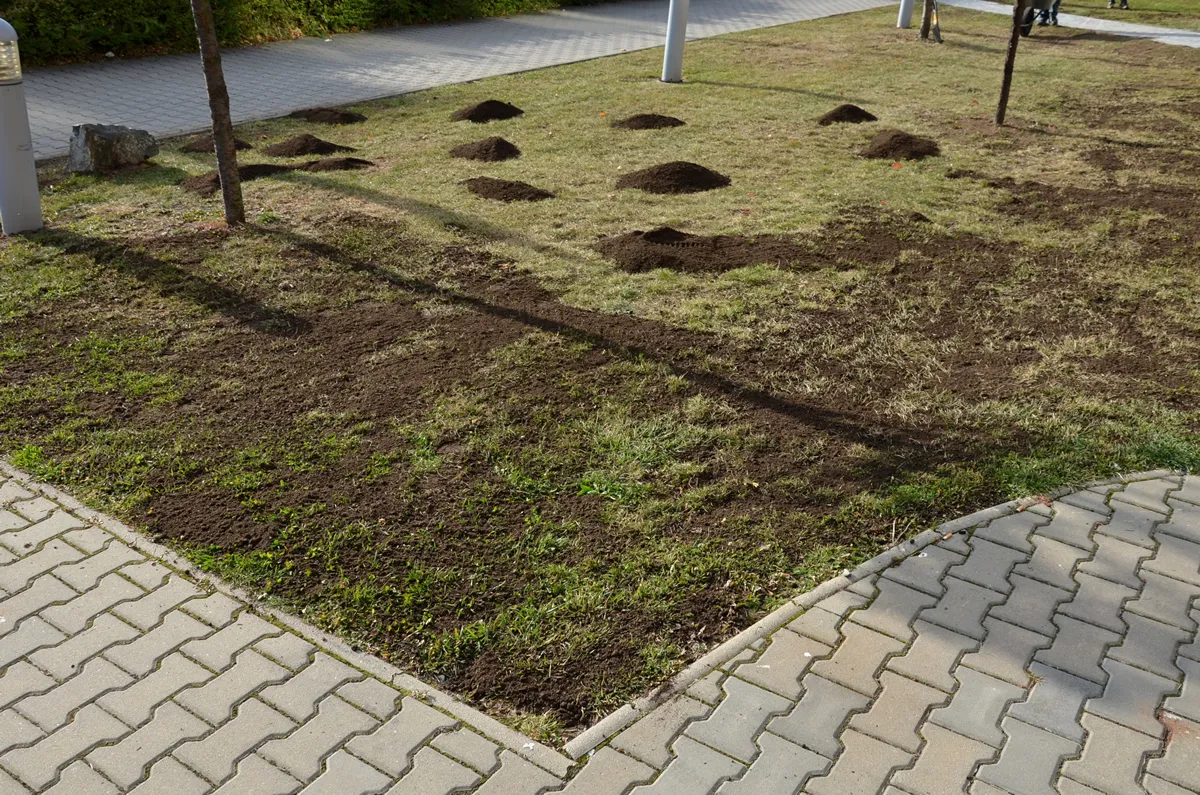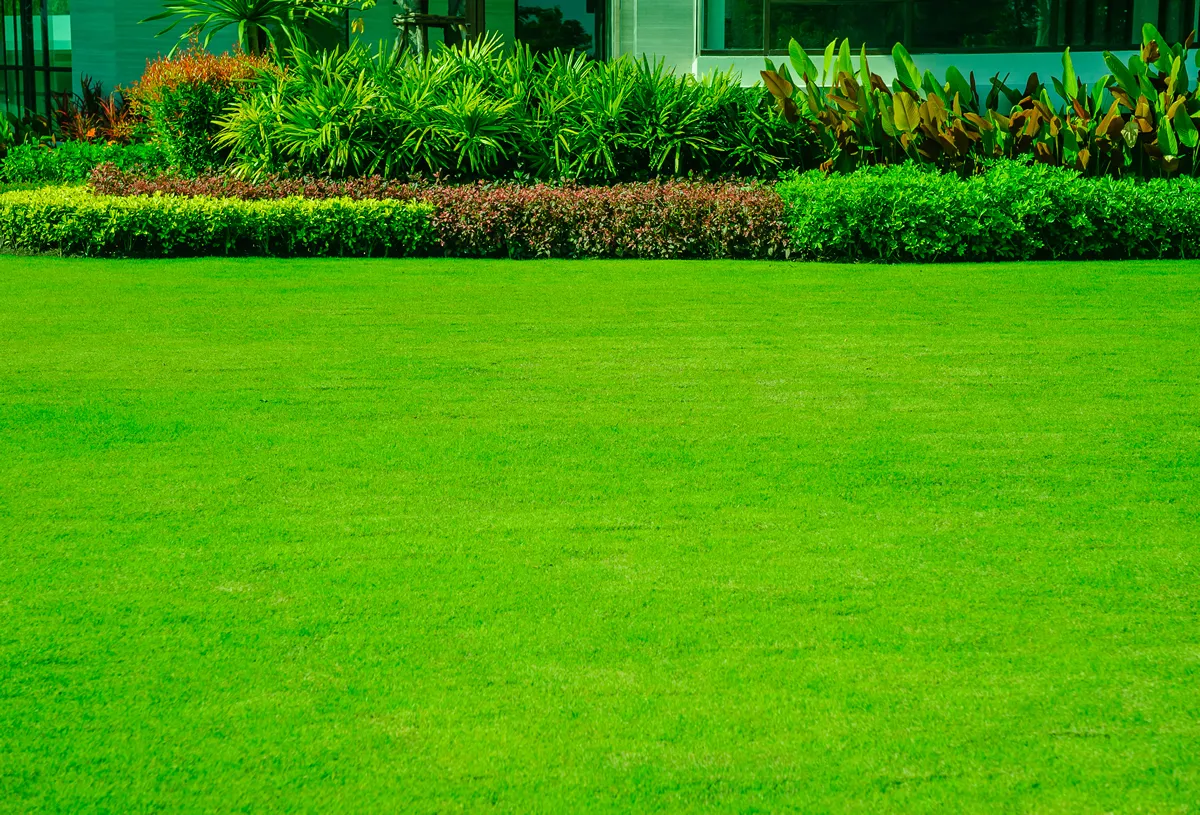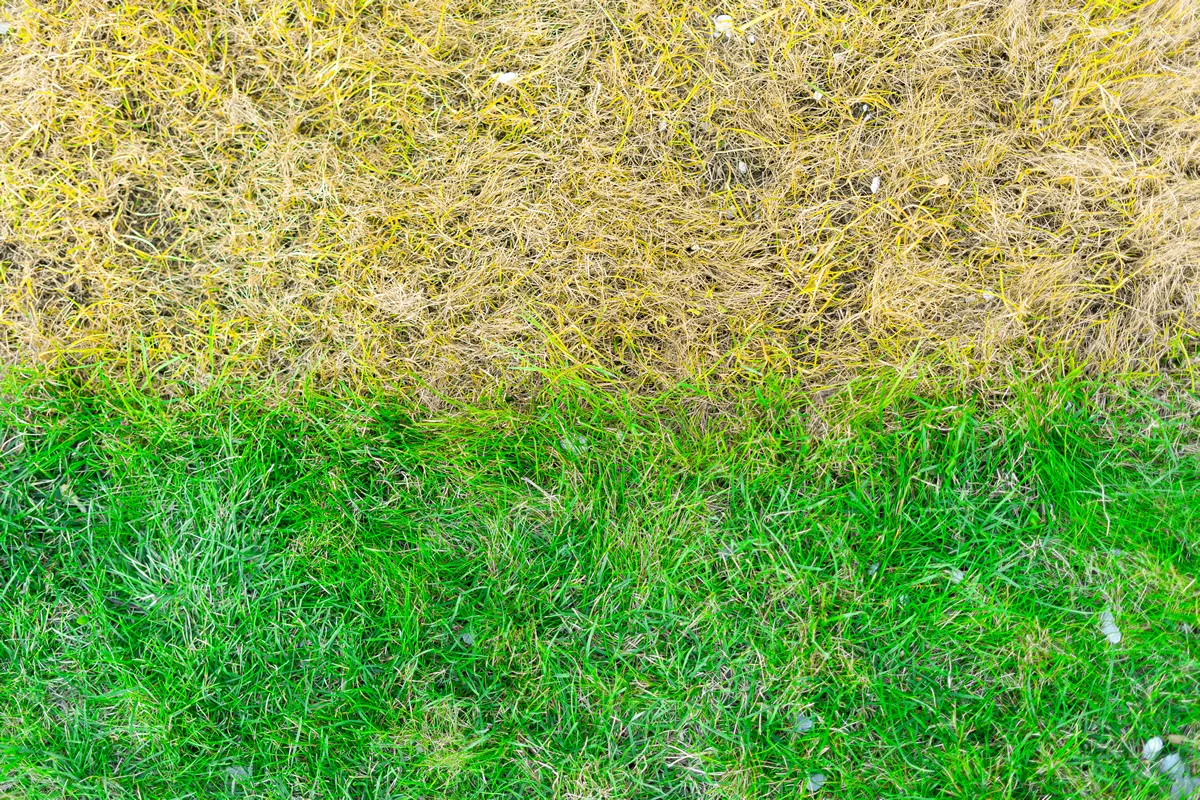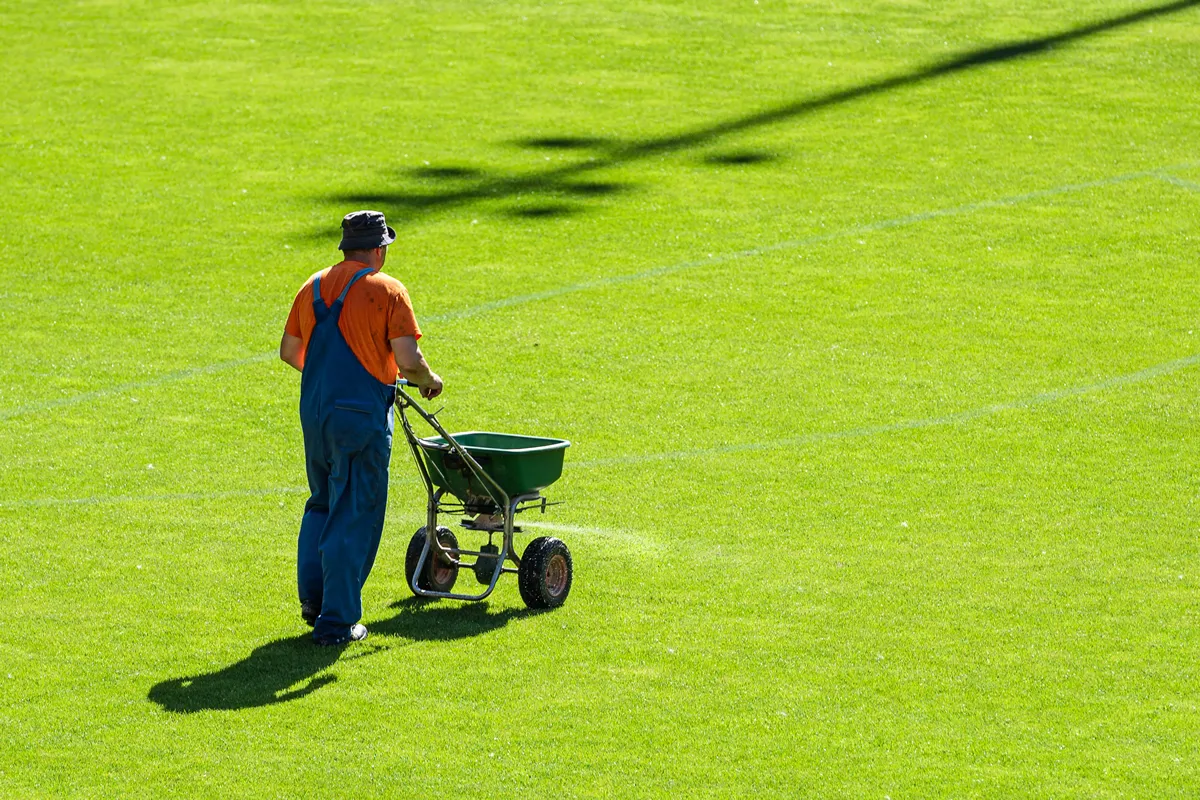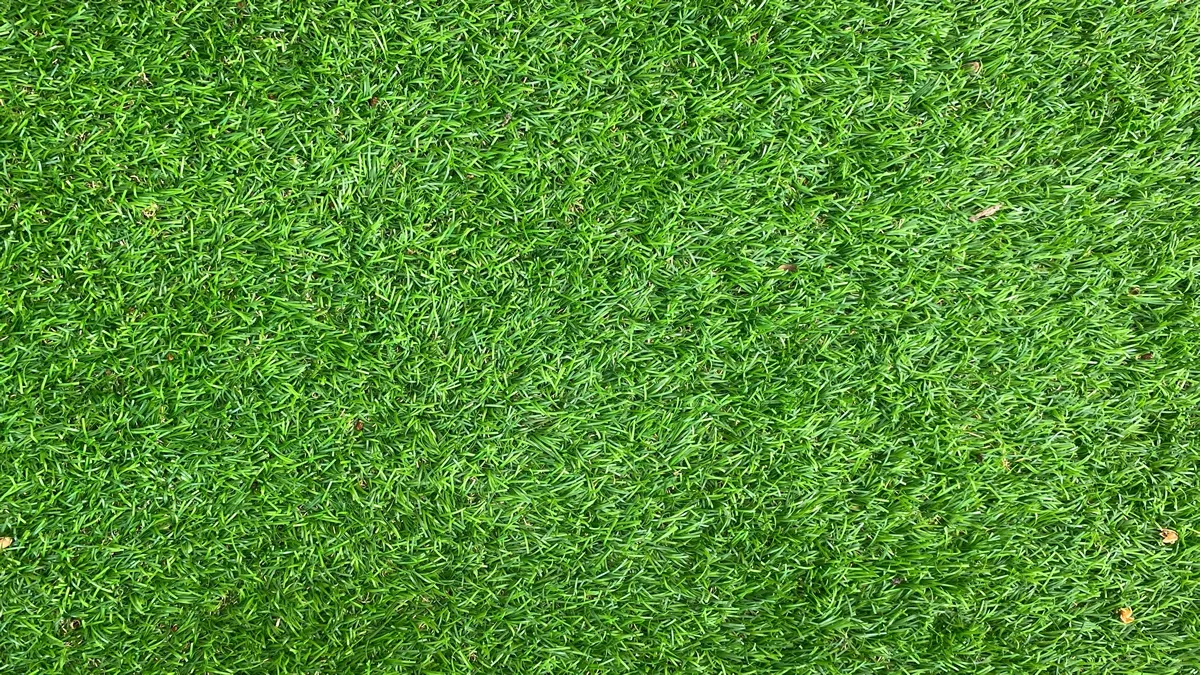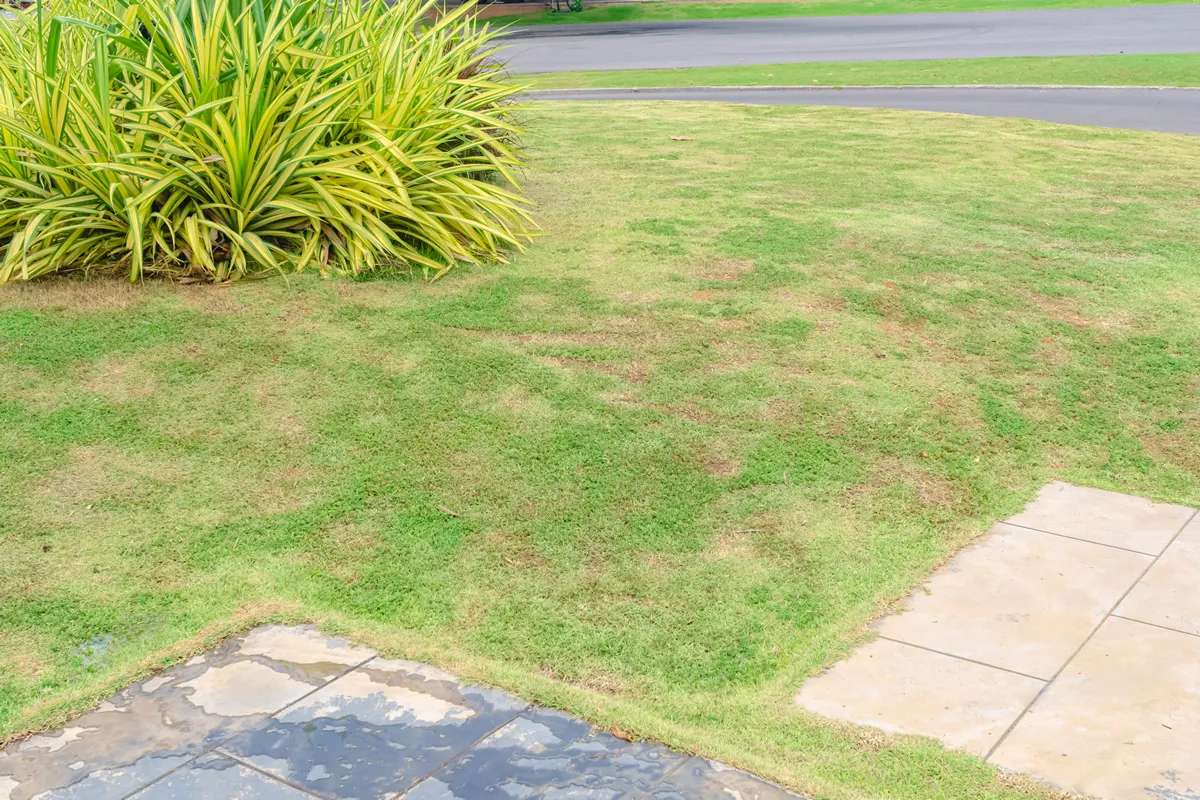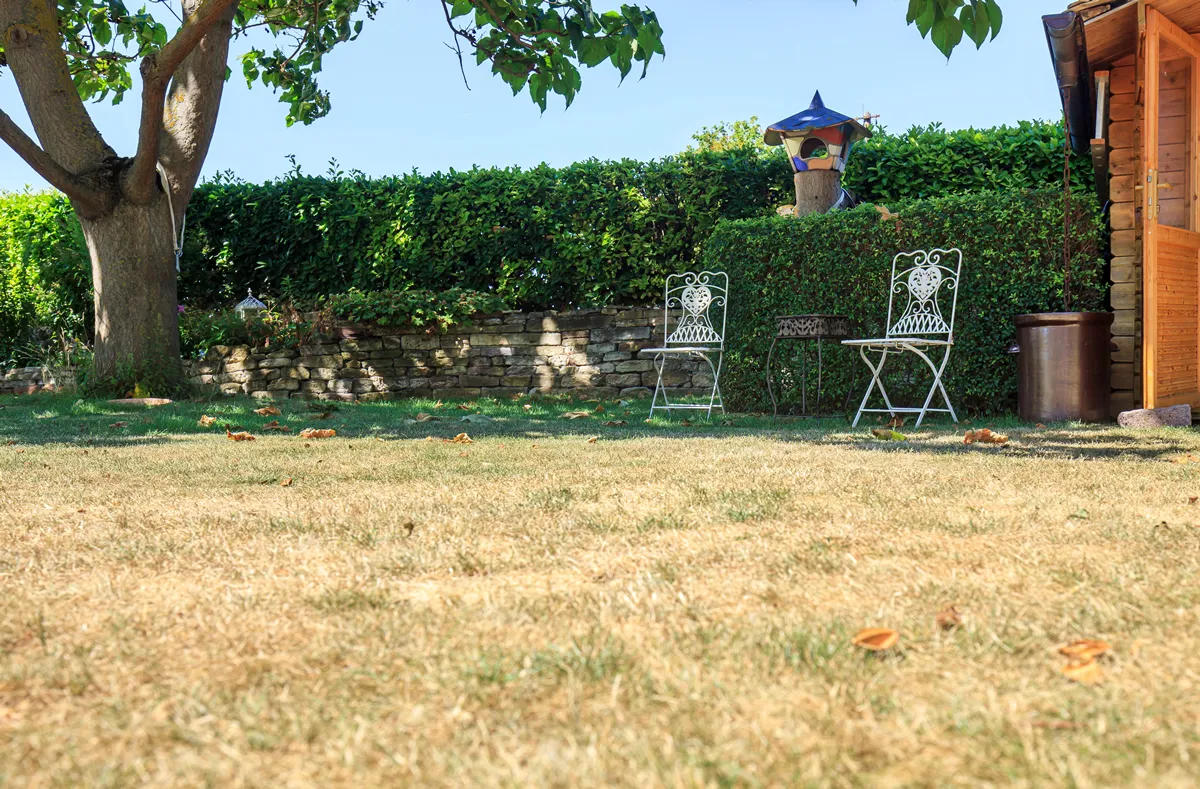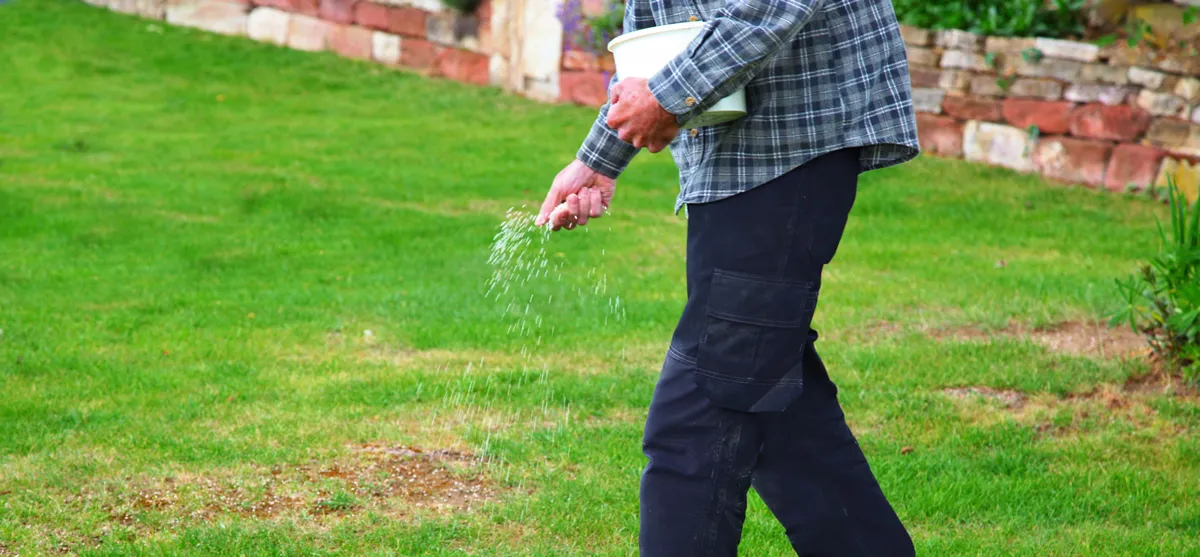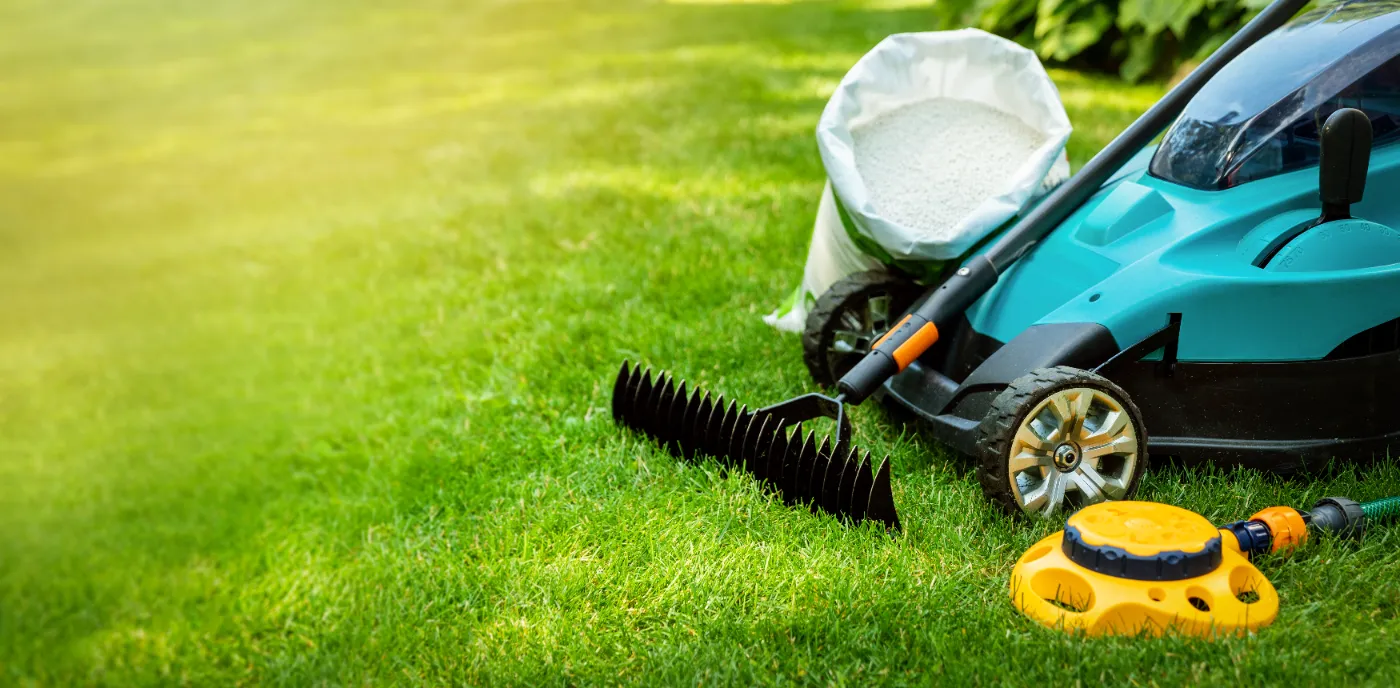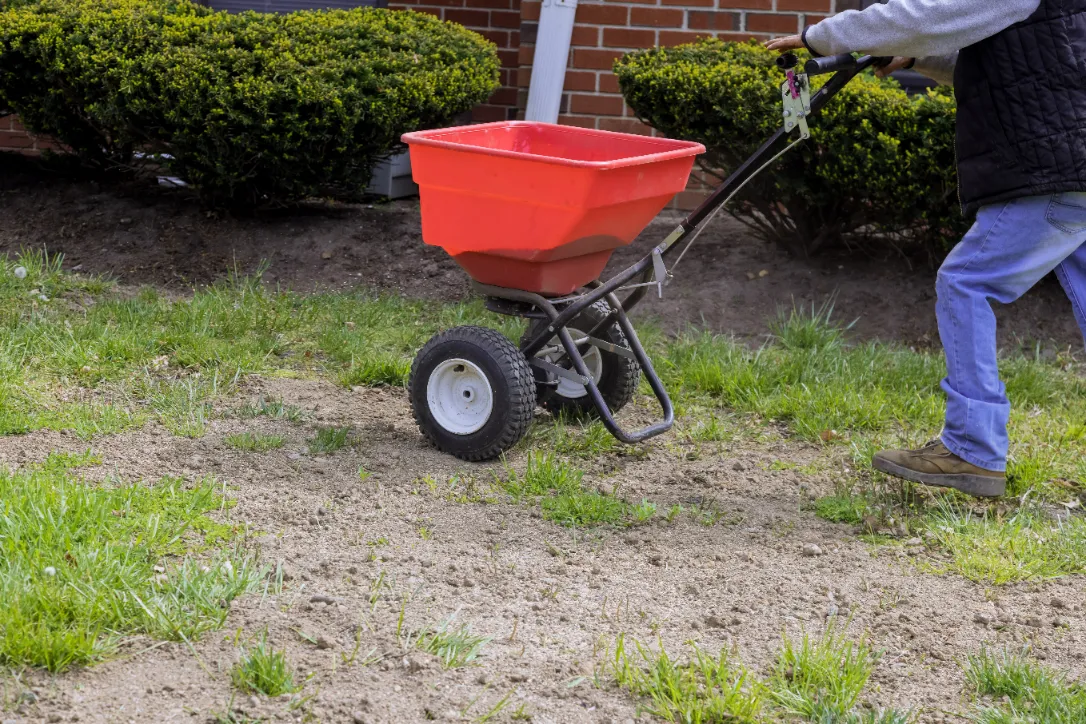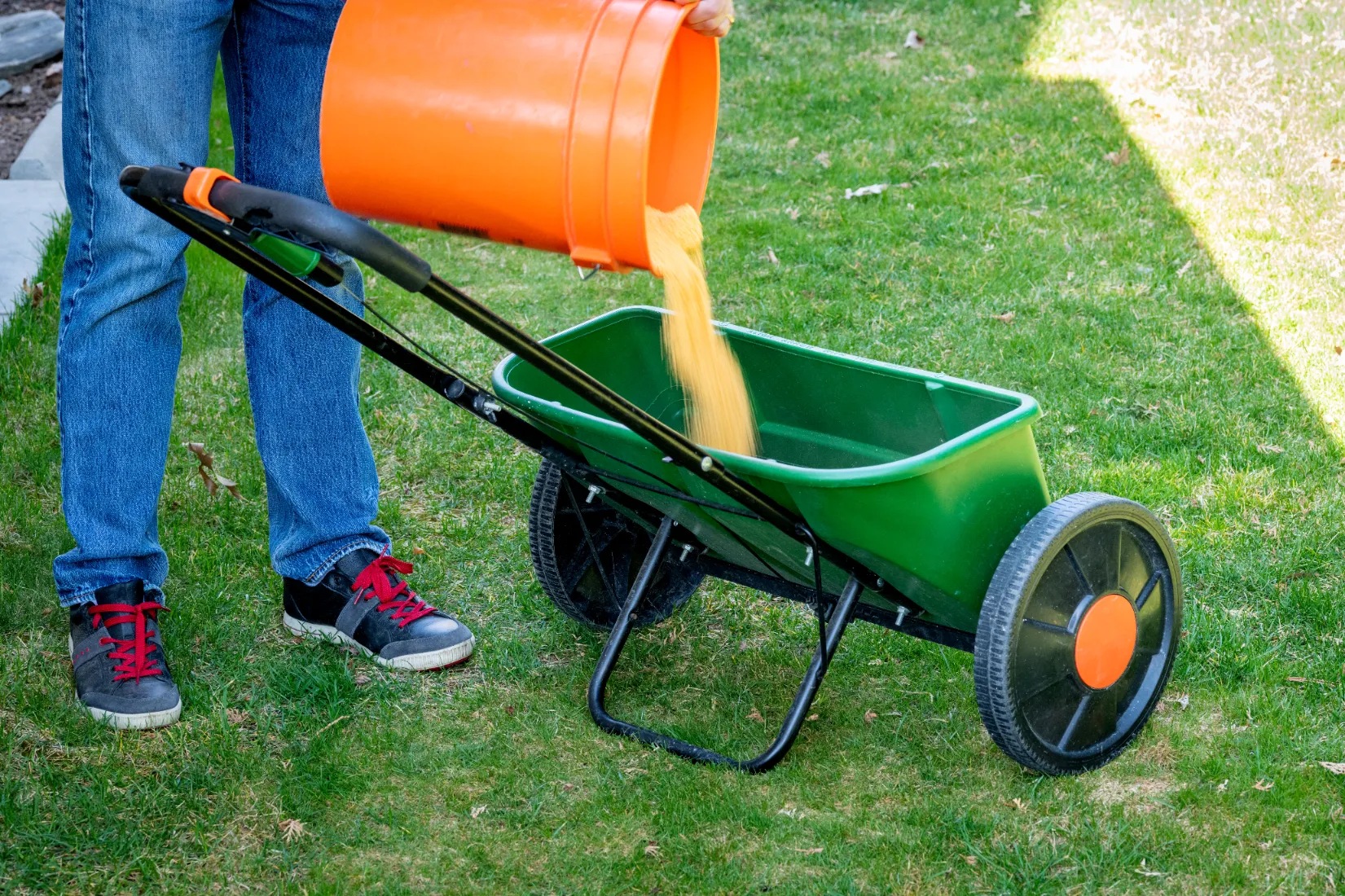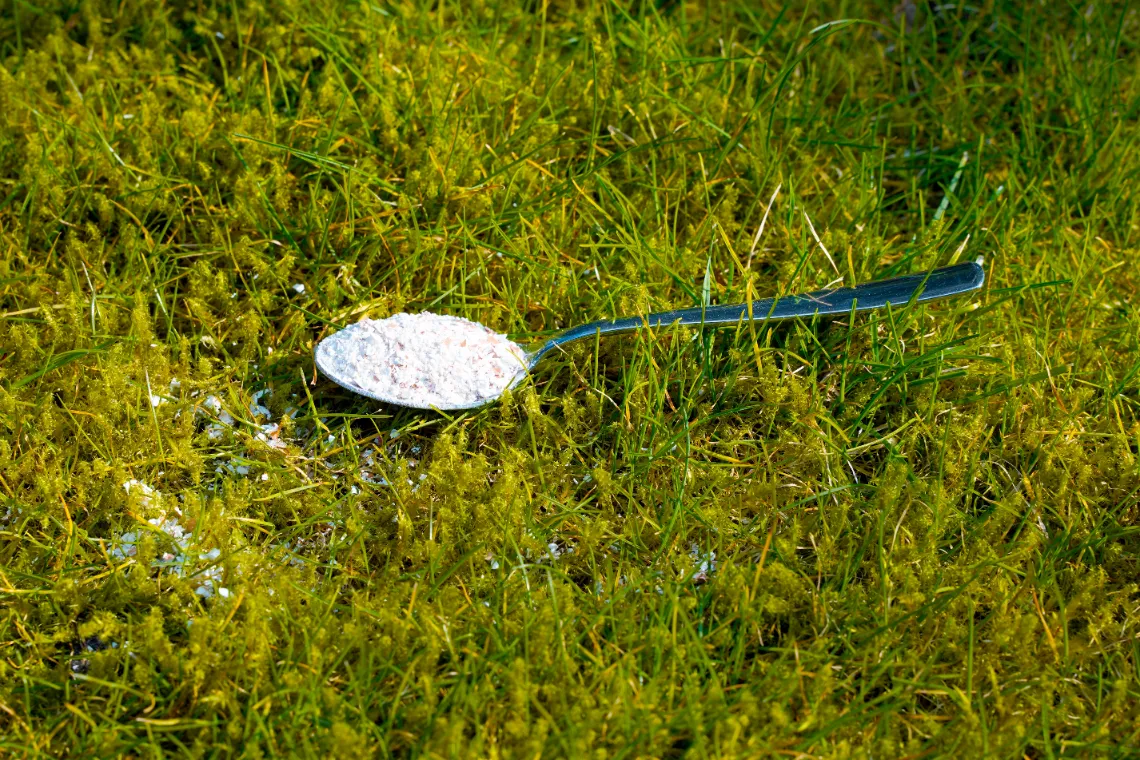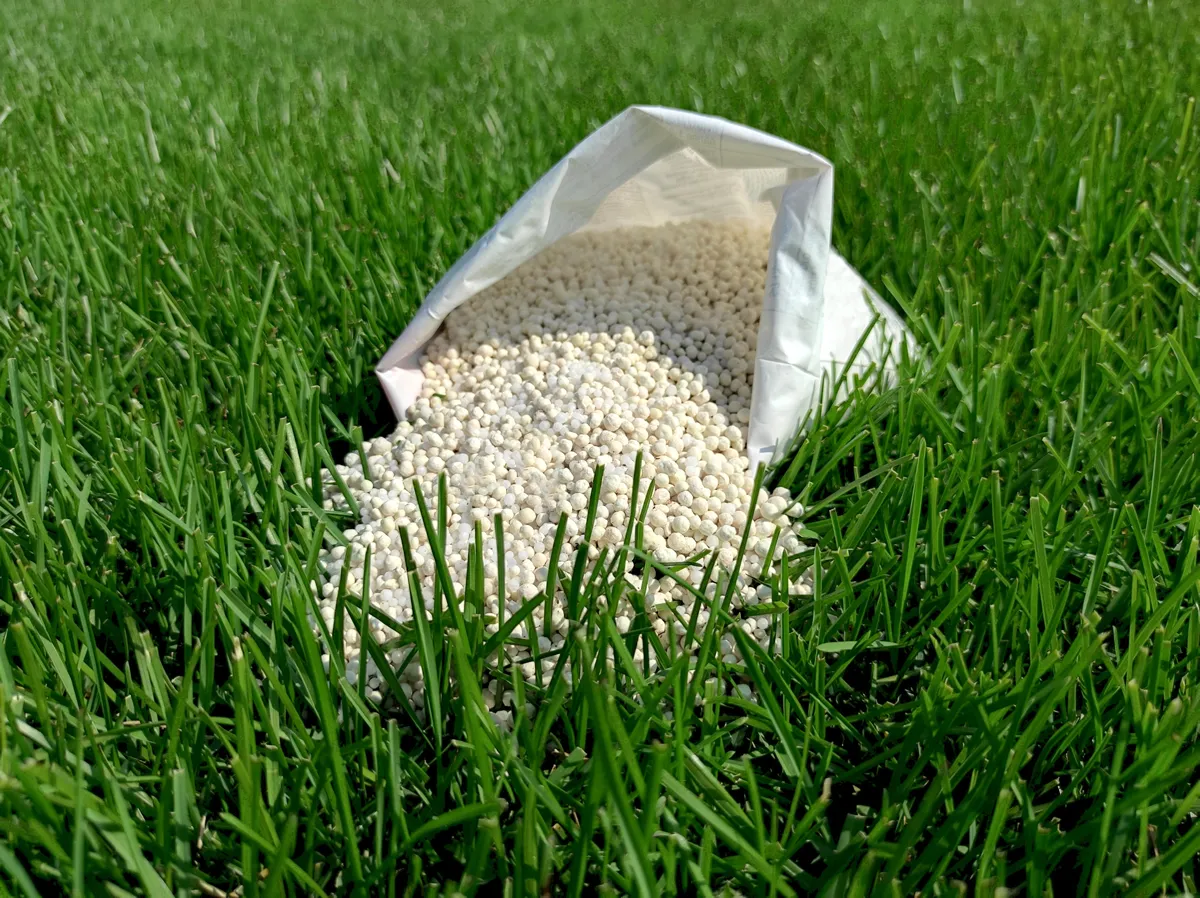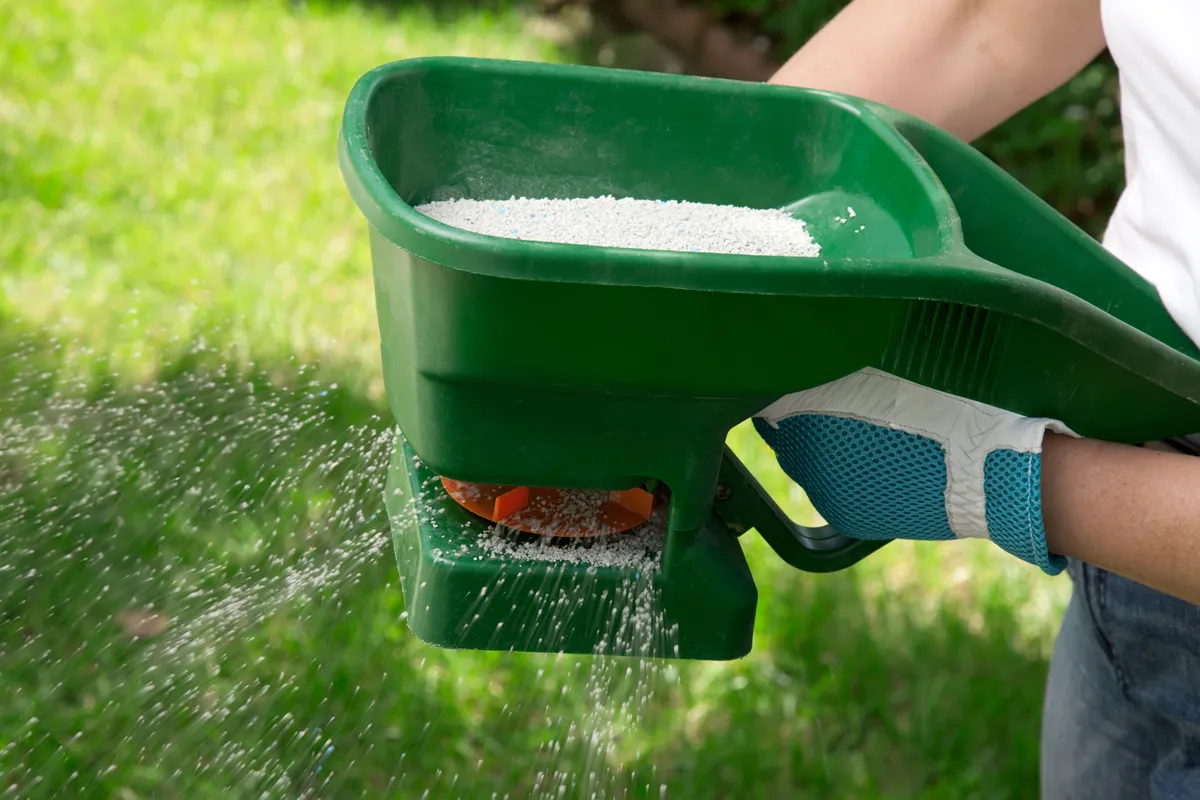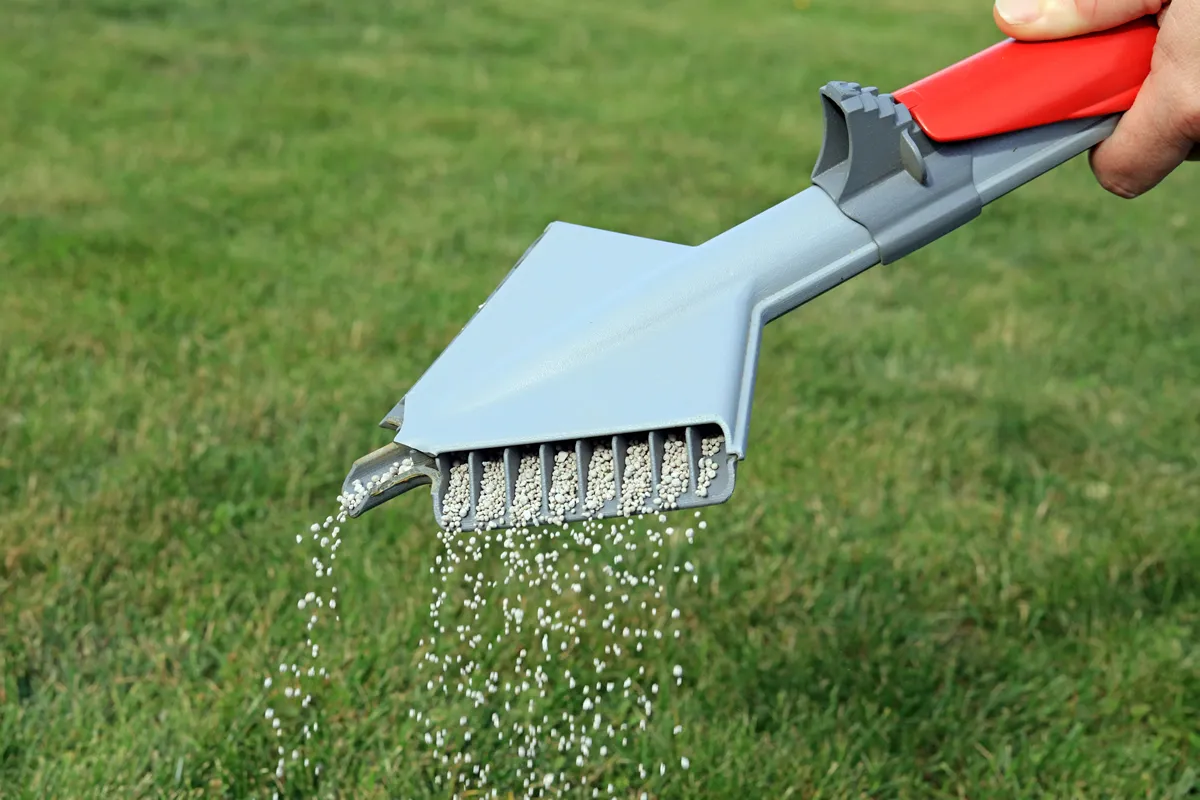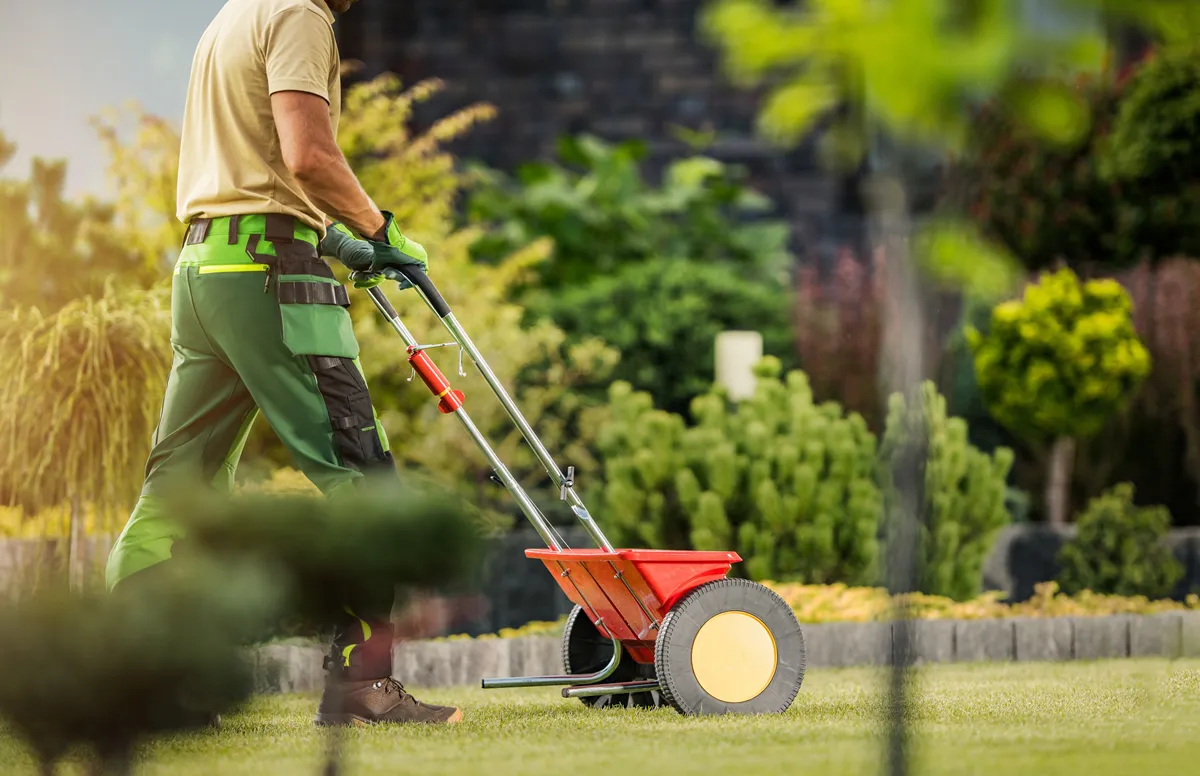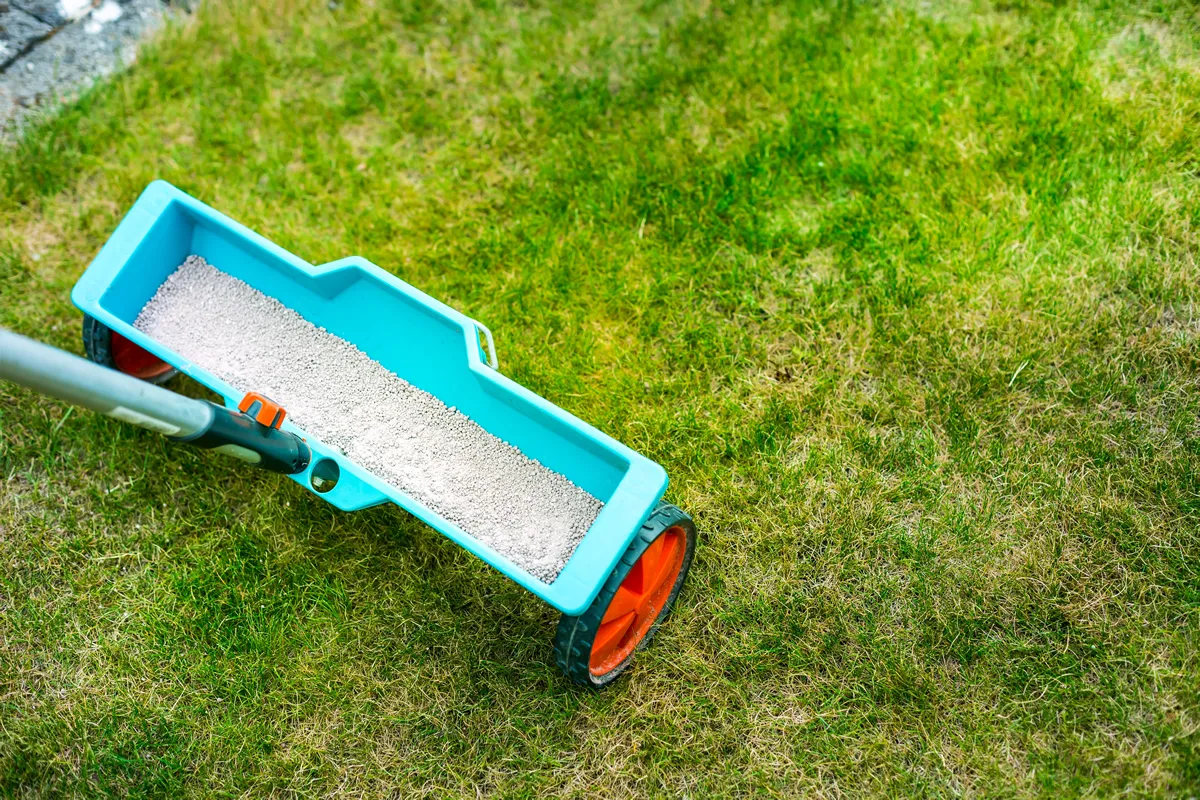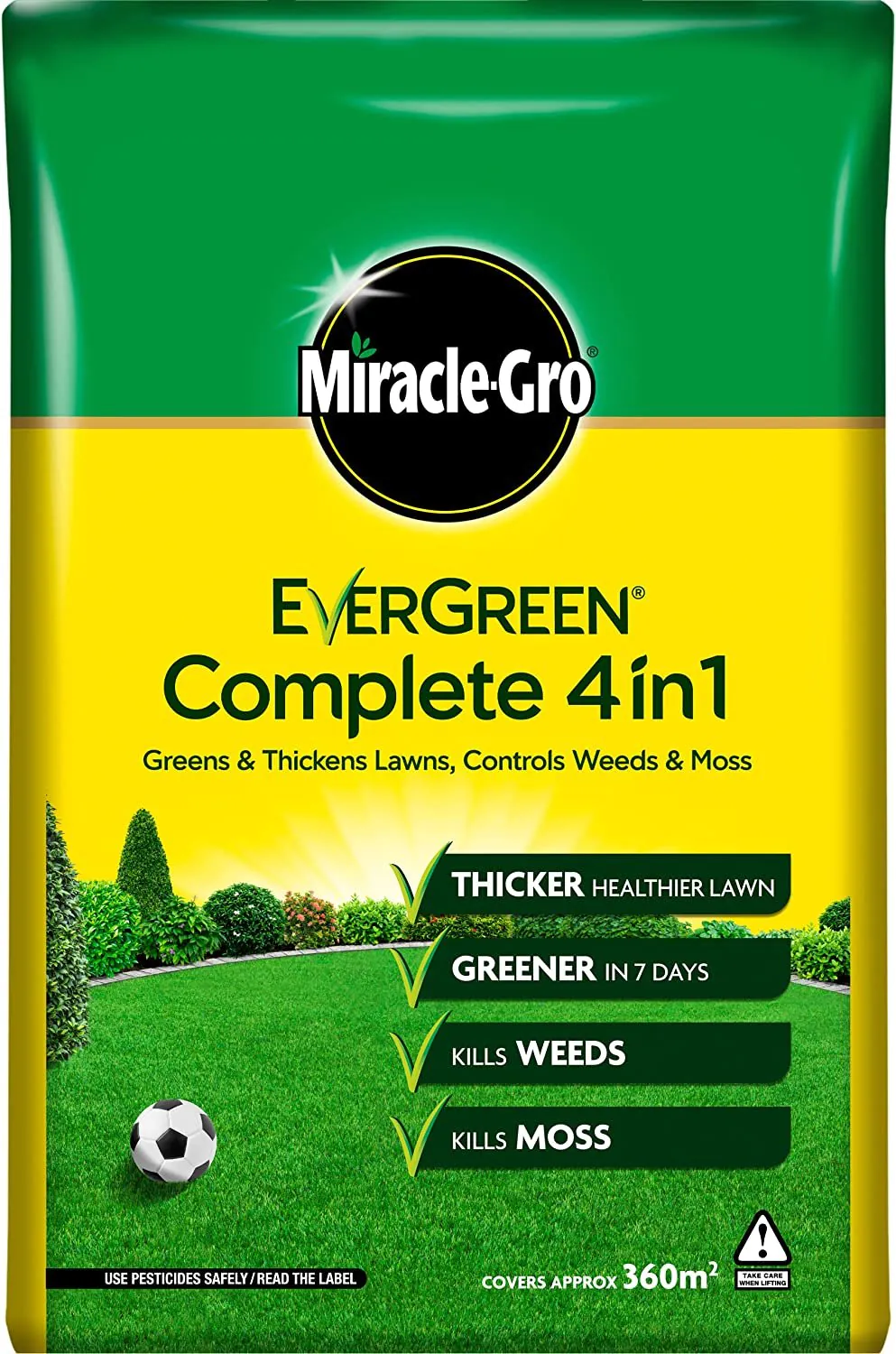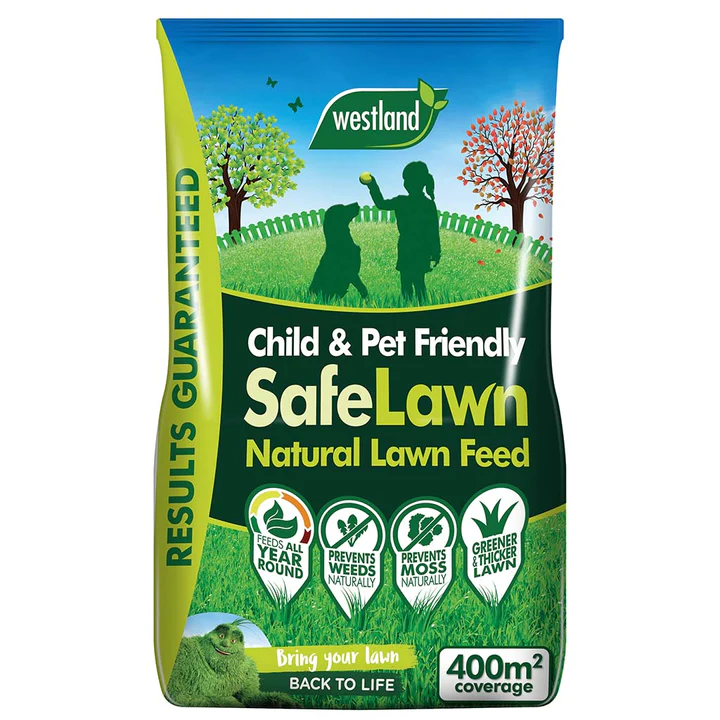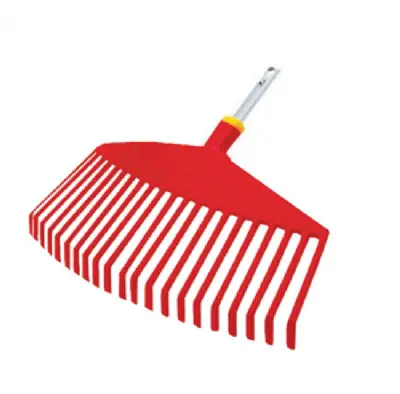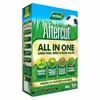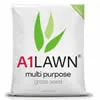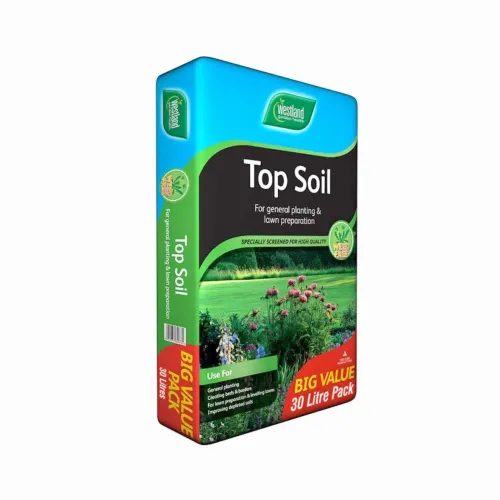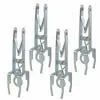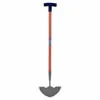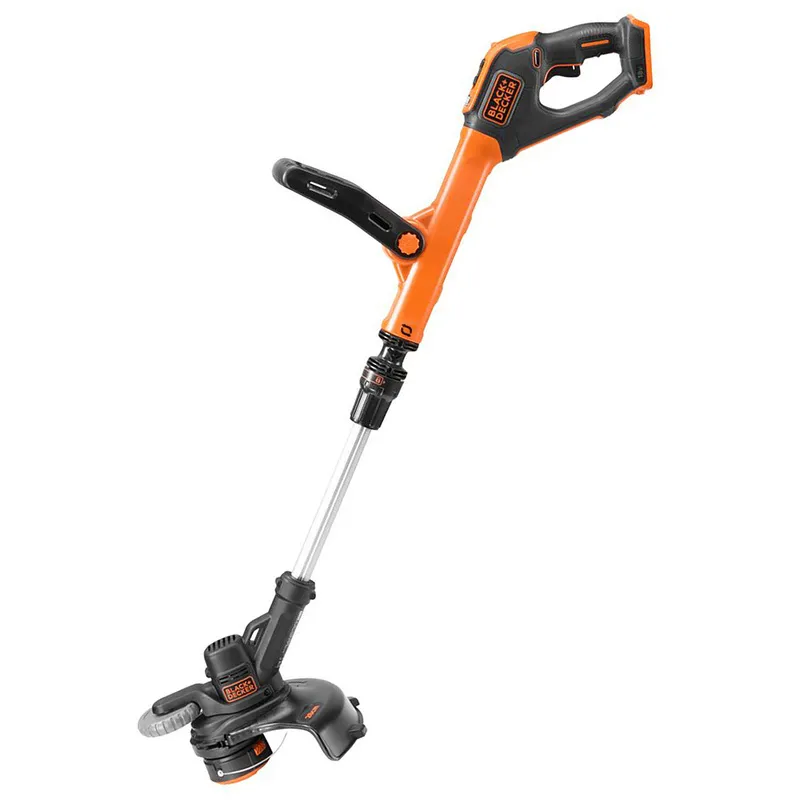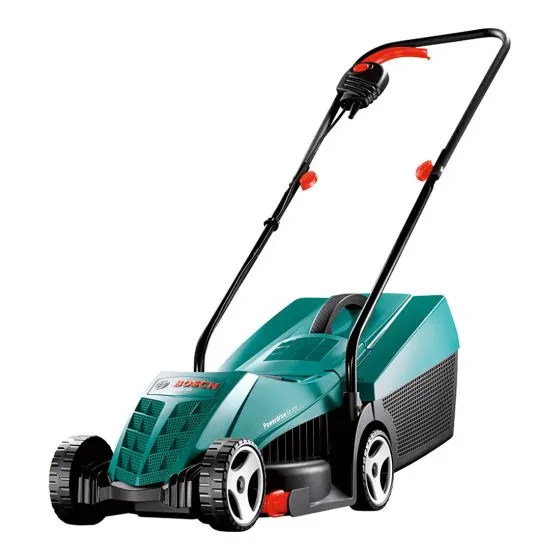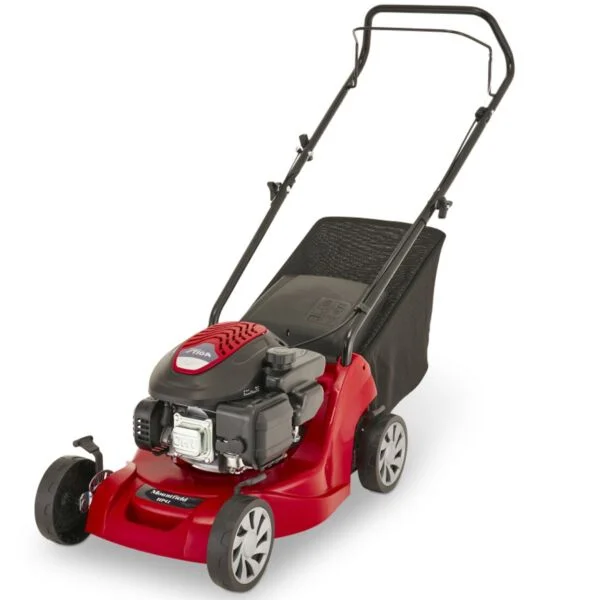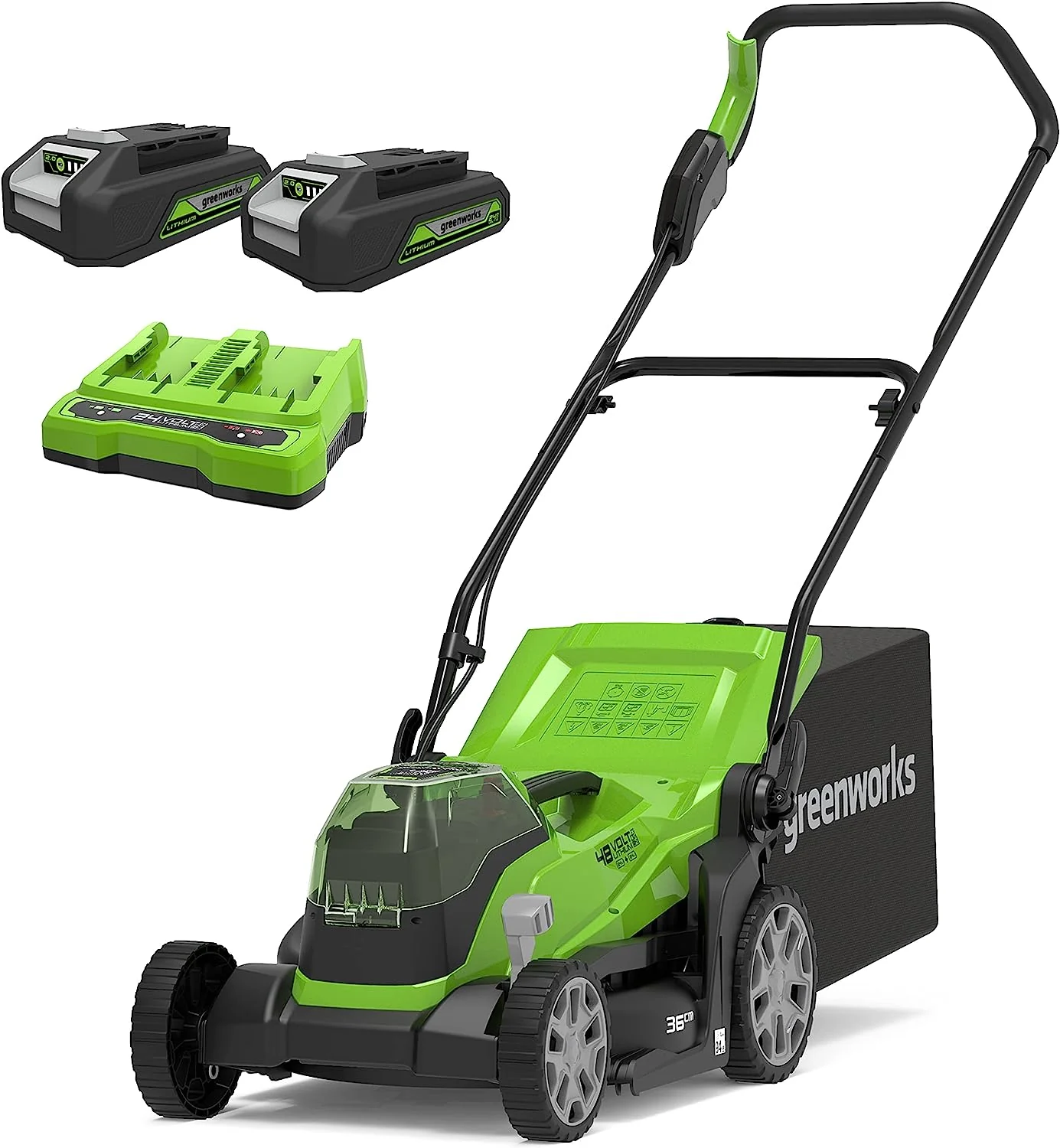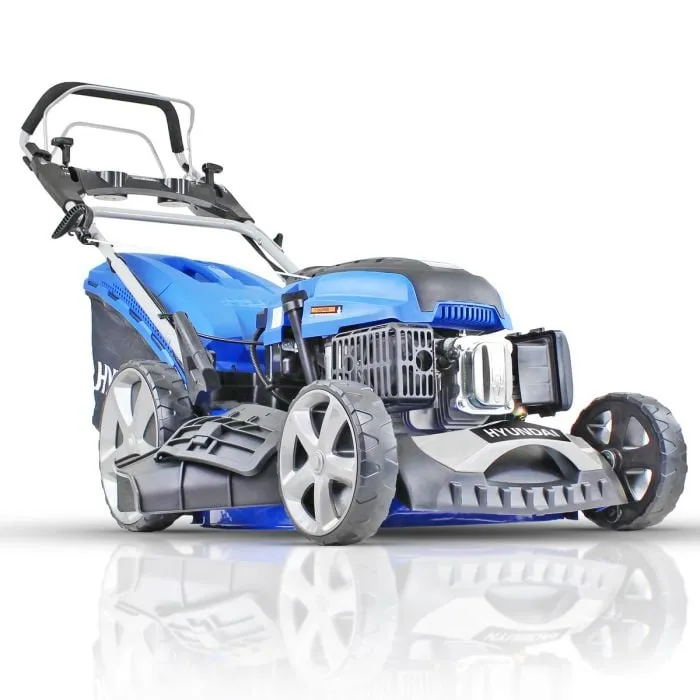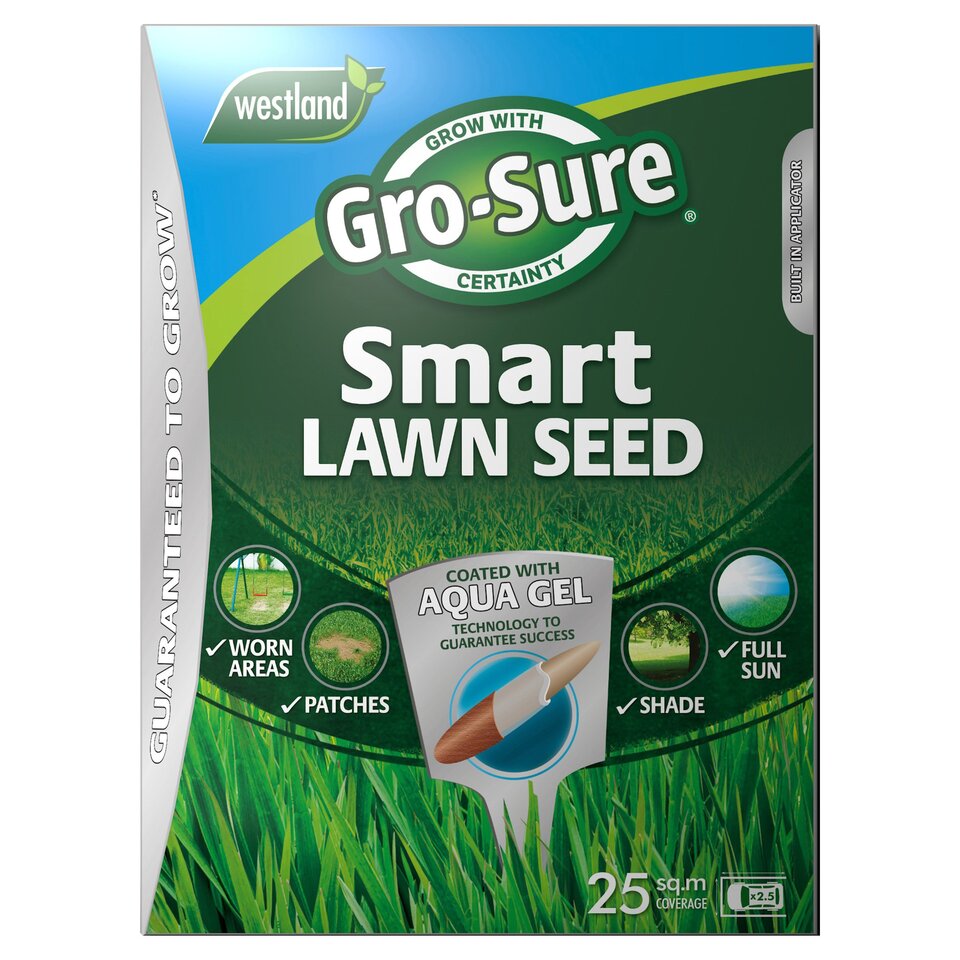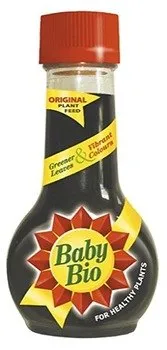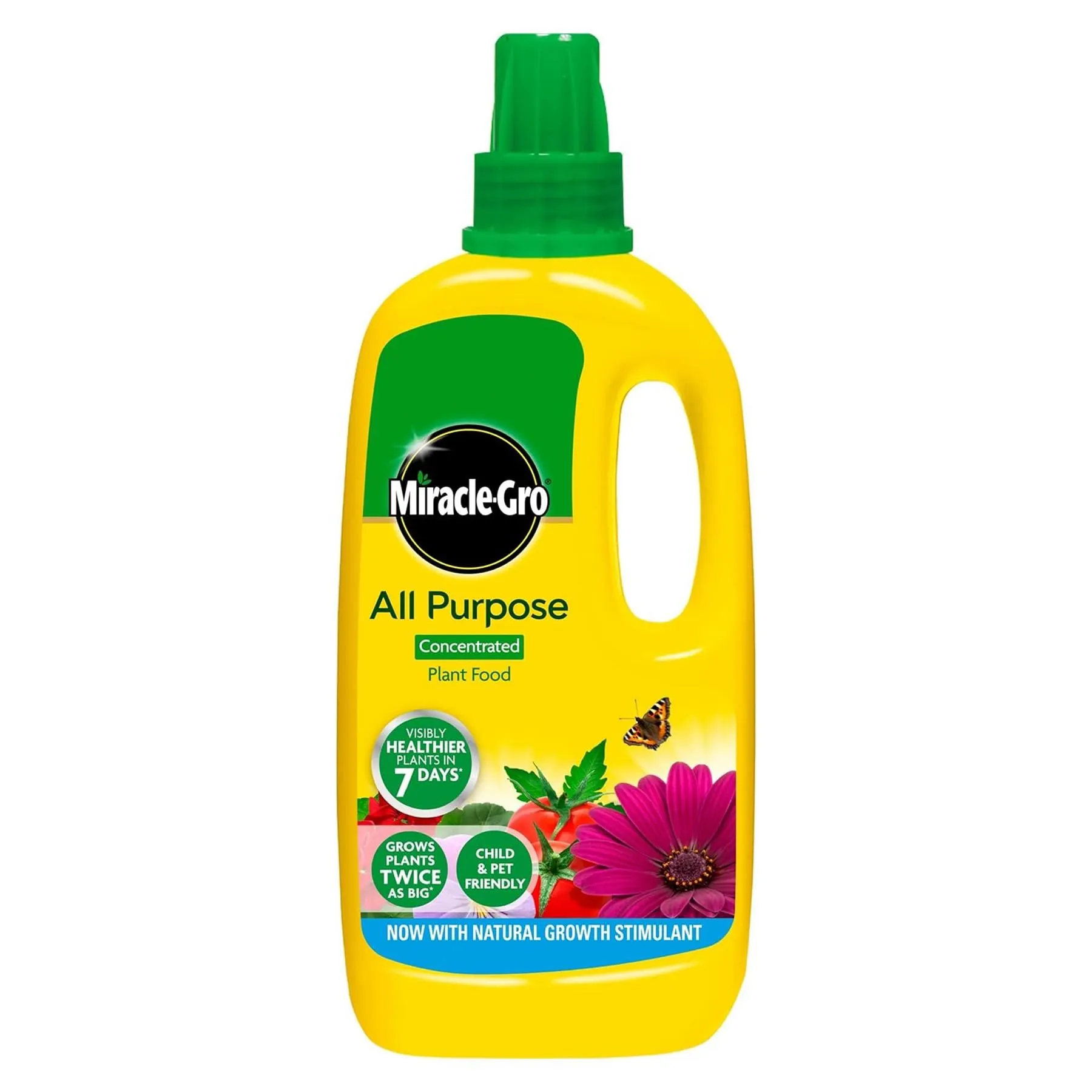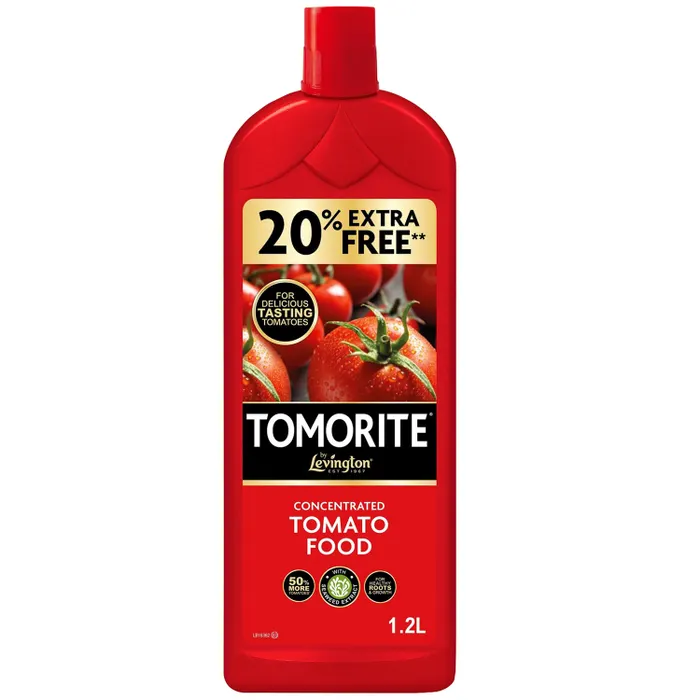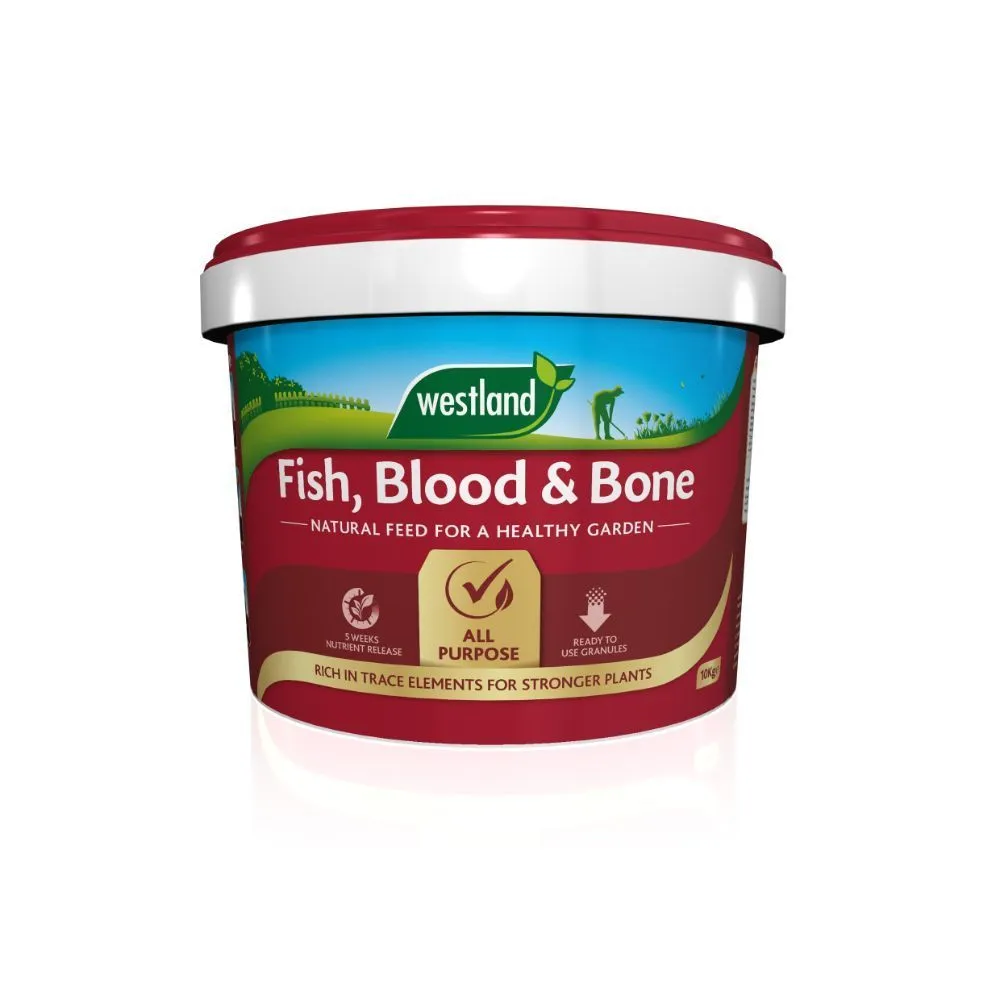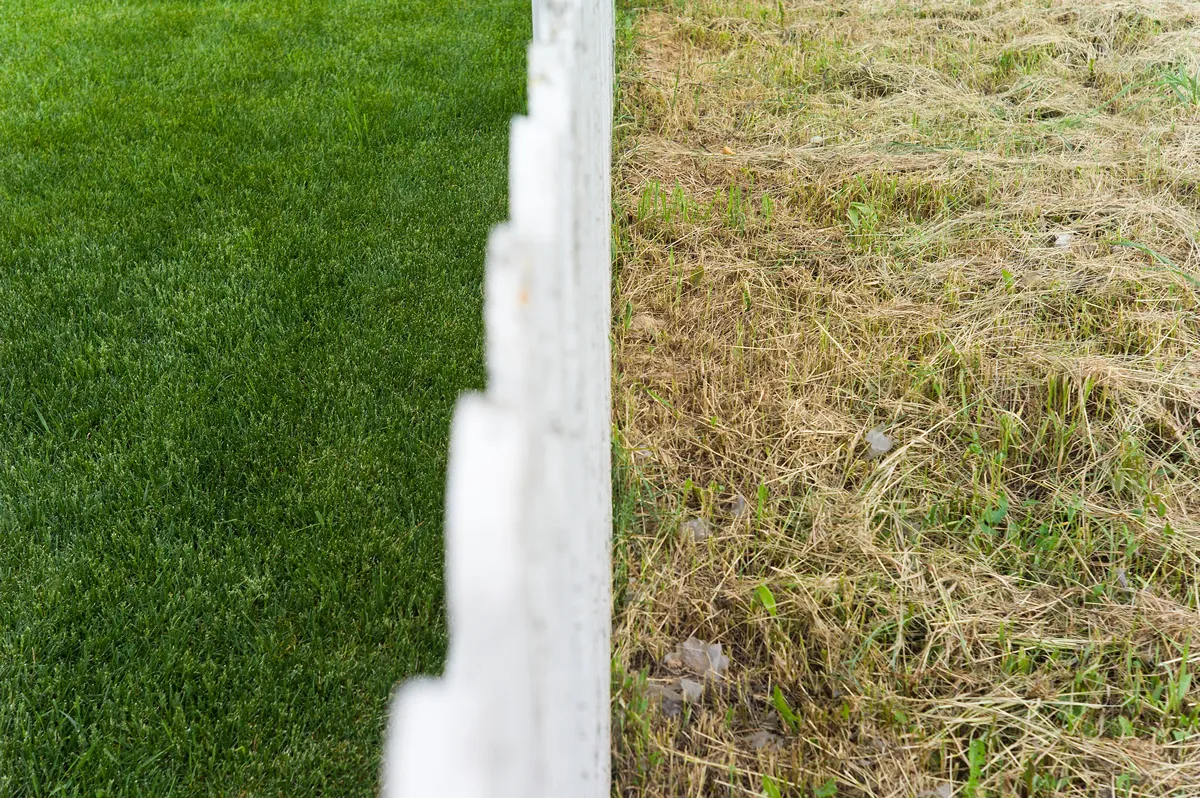
Feeding a lawn is a relatively simple operation, but so many get it wrong, or do it when it it not necessary! Here's how and when to do it; and what to use.
Each of the aspects are important. Do it at the wrong time and you could end up with a weakened lawn. Use the wrong feed and scorching or unhealthy grass can result.
The process that causes most problems, is simply that of putting your fertiliser on the grass! Uneven application leads to a patch lawn at best, and a ruined lawn at worst!
A luscious, emerald green lawn is the centrepiece of many gardens, complementing the vibrant bloom of flowerbeds and the sturdiness of trees. However, it's no secret that maintaining such a verdant expanse requires more than just regular watering. Proper feeding is the vital ingredient for robust growth, resilience against pests, and a lawn that's the envy of the neighbourhood.
But how do you feed your lawn correctly? The answer involves understanding your grass, selecting the right fertilizers, and adopting best practices that feed — but never overdose — your turf.
Understanding Your Lawn's Unique Hunger Pangs
Every lawn is different, just as each gardener's goals vary. Some lawns need to withstand heavy foot traffic, while others are purely ornamental. Selecting the right feeding regime starts with identifying your lawn's individual needs.
Grass Types and Their Appetites
Your first task is to determine what type of grass makes up the majority of your lawn. There are two primary categories:
- Cool-season grasses thrive in cooler temperatures and include varieties like Kentucky bluegrass, fescue, and ryegrass. They benefit from feedings in the early spring and fall.
- Warm-season grasses flourish in warmer climates and demand fertilization when they are actively growing, which is usually from late spring to mid-summer.

